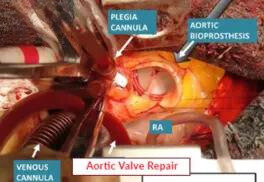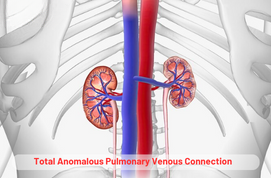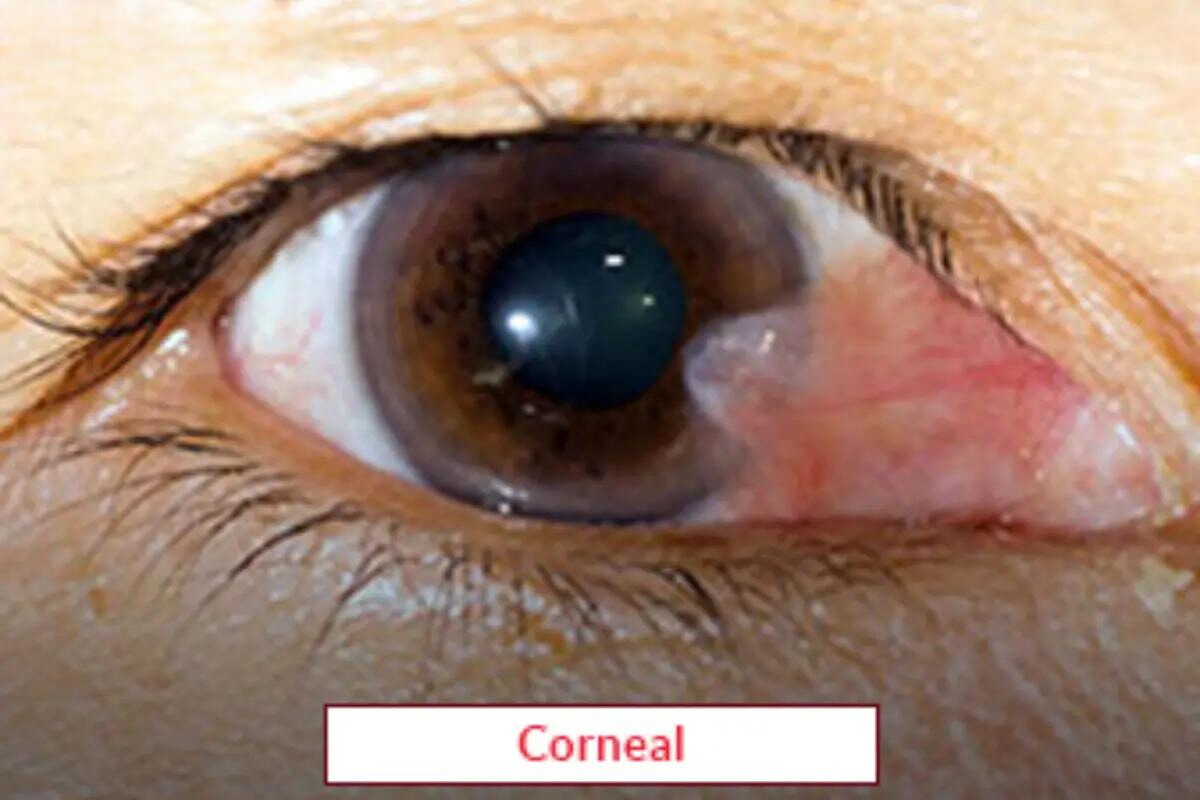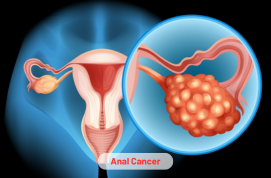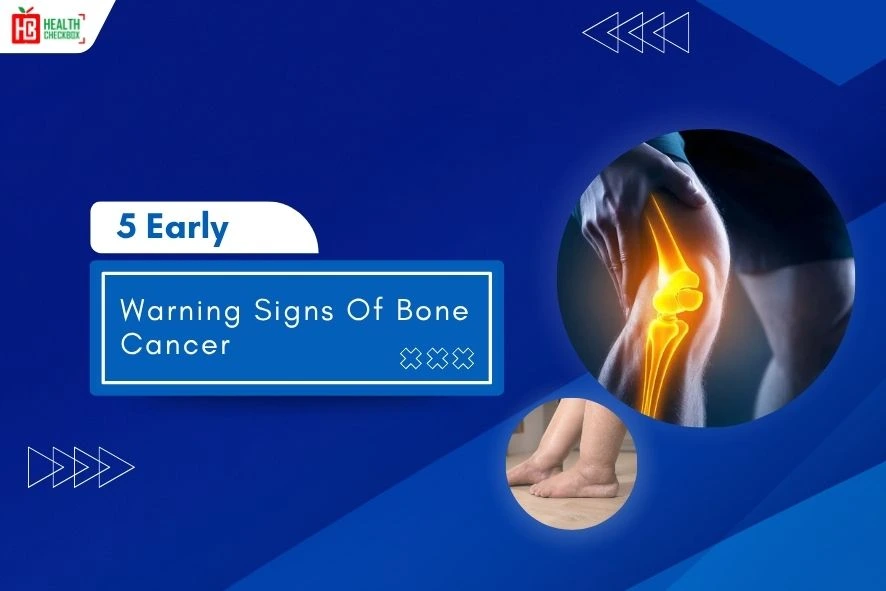Aortic is the big artery, which is responsible for bringing oxygen-rich blood to the body. It controls blood flow and circulates it into the heart. When your heart becomes less active to pump the blood or heart valve disease affects your heart’s ability to pump up blood, then a person experiences the symptoms of shortness in breath, chest pain, dizziness, lightheadedness, etc. The condition occurs due to birth issues, aging, specific kinds of infection, etc. In this condition doctors or cardiologists suggest Aortic Valve Repair.
It is a surgical procedure done by the cardiologist and medical expert team to treat aortic valve disease. First, the medical team examines the patient’s overall condition and then determines a surgical treatment. A cardiologist recommends aortic valve repair on the basis of anticoagulant drug tolerance of the patient, overall health, and age. In the surgery process, they repair aortic and sometimes replace it with an artificial valve that can last for 10 to 20 years. Hence, a patient can survive for a longer period.
How to Diagnose Aortic Valve?
After examining the patient’s symptoms and overall condition the consulted doctor does some tests such as X-ray, CT scan, blood test, and sometimes the doctor does additional tests as well, those are Biopsy and MIR to diagnose the valve disease. With the help of all these tests the doctor will identify the valve condition and proceed for the treatment in order to increase the survival rate of the patient.
Types of Valve Replacements
Aortic valve surgical treatment is to restore the valve’s normal functioning and prevent further deterioration. This surgical procedure is performed by the medical experts to correct the structural abnormalities of the aortic valve. Generally, the human heart has four valves, and the aortic valve is one of the heart valves, which connects the left side of the heart to the aorta. Here are four types of valve repair treatments:
- Aortic Valve Repair: The Aortic Valve is found in the left side of the heart and controls blood flow. In this surgery, doctors replace the original valve with an artificial valve, which acts like a natural valve. The survival rate is 94% for a patient after surgery for five years. However, it varies as well.
- Mitral Valve Replacement: This valve is situated on the left side of the heart and acts as the inflow valve. The replacement procedure recommended by the doctors when the valve is blocked. The survival chances are 93% for ten years after this treatment procedure.
- Double Valve Replacement: In this treatment procedure, the mitral and aortic valves and the whole left side of the heart are replaced.
- Pulmonary Valve Replacement: In this surgical procedure, doctors replaced the pulmonary valve, which is responsible for carrying blood to the lungs. It is necessary to operate when it stops blood flow stops, which is caused by the infection. The survival rate is 96% for five years after this surgical procedure.
Aortic Valve Repair Techniques
- Valvuloplasty: This repair procedure includes reshaping the valve leaflets and annulus to improve the entire valve functioning. It involves techniques like commissurotomy, decalcification, and annuloplasty. Through these procedures, doctors cut the fused valve leaflets, remove calcium deposit, and reshape the valve ring.
- Leaflet Repair: In the surgery process, the surgeons remove excess tissue, suturing tears and reinforce weak parts with patches. Through this, a doctor successfully repaired damaged aortic valve.
- Reimplantation: In some cases, the whole valve needs to be removed and reattached within the aorta. This technique of aortic valve repair aids to correct dilatation and maintain the natural anatomy of the valve functioning.
- Valve- Sparing Root Replacement: This is a little complex procedure that involves replacing the entire aortic valve, repair also preserving that patient’s actual aortic valve. This technique is used on the patients who are diagnosed with aortic root aneurysms.
- Minimally Invasive Approaches: This surgery reduces the risk of complications like blood loss, pain, and also reduces hospital stay duration. It is performed by the minimally invasive techniques, including smaller incisions to repair the specific valve.
Treatment Procedure of Aortic Valve Repair
Aortic Valve Repair is executed after giving anesthesia to the patient in the operation theater. The steps involved in this surgical procedure may vary according to the selected repair technique.
- Anesthesia and Incision: Aortic Valve repair is performed by the surgeon after wearing a cardiac surgery suite. The surgeon makes incisions on the patient’s chest with medical instruments to check the heart and aorta.
- Examination and Assessment: The surgeon carefully sees and examines the valve condition and then decides to determine the extent of the damage or dysfunction. Diagnostic tools like transesophageal echocardiography may be used to treat the valve’s structure and its entire function.
- Repair Techniques: Multiple techniques can be employed to repair the aortic valve according to the specific issue in the valve.
- Valve Reshaping: When a surgeon found valve prolapse or regurgitation, the doctor might reshape the aortic valve repair leaflets to ensure proper coaptation and prevent leakage.
- Annuloplasty: annuloplasty performed when the valve is annulus is dilated or distorted. This procedure is performed for the purpose of reshaping and reinforcing the annulus using sutures or annuloplasty rings.
- Leaflet Repair or Reconstruction: This surgical treatment involves removing excess tissue, reinforcing weak parts or using tissue patches.
- Testing and Adjustment: After the aortic valve repair is done, the surgeon looks after the valve’s function through teats to check the effectiveness. This includes injecting a dye or saline solution to assess the valve’s closure and absence of leakage.
- Closing Incision: After the surgery procedure, the surgeon closed the incision in the chest and weaned off the heart-lung machine.
- Recovery: When the surgery procedure is done, he is transferred to the recovery room and closely monitored under the eye of nurses to see the after effects of anesthesia and surgery.
Our Other Services
Latest Health Tips
Can Immunotherapy Cure Stage 4 Lung Cancer?
Early Signs of Cervical Cancer
Foods that Kill Cancer: Leafy Vegetables, Grains, & More
What Stage of Cancer is Immunotherapy Used For?
Which is Worse for Cancer, Sugar or Alcohol?
Vaccines That Prevent Cancer
What Kills Cancer Cells in the Body Naturally?
Early Warning Signs of Bone Cancer
Submit Your Enquiry
Testimonials








